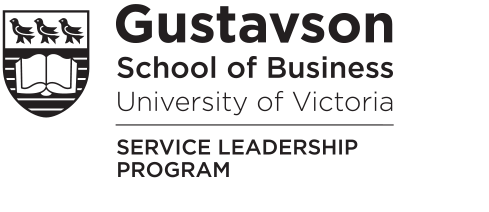Want to increase employee and customer engagement?
Let’s play a game! Can you think of an activity that an organization can do to increase both employee and customer engagement simultaneously?
Give up? It’s coaching!
When you coach effectively, not only are you increasing customer engagement because the employee will pass on more effective service to either an internal or external customer, but the employee’s engagement also will increase as you are focused on increasing their capabilities, helping them make progress and, most importantly, building their career.
Recently, with two co-authors1, I did a survey with 700 employees who worked in organizations across North America. We asked the employees where they worked, what kind of coaching they received, how engaged they were at work as an employee, and whether that coaching was part of a formal coaching program or an ad hoc program (if they received any coaching at all).
The results surprised us, but they are a fantastic reminder of the power of being coached by a supervisor/leader. 79% of employees in the survey who received moderate to high levels of coaching, based on 17 different dimensions of coaching,2 said they were engaged at work. If they received low levels of coaching or no coaching at all, then only 46% were engaged at work.
Here is the twist: if the employees said they were part of a formal coaching program, but were not happy with it (i.e., the leaders said they were going to coach them and then they didn’t turn up), then only 34% of them were engaged—the lowest engagement of all three groups. The message here is clear: effective coaching drives employee engagement well beyond levels of those who are not receiving adequate levels of coaching. However, it is far better to do no coaching than to promise to do coaching and then not deliver on the promise. That certainly seems to be a recipe for low employee engagement.
Many other studies3 have found strong evidence for a positive relationship between supervisory coaching and work engagement. These studies revealed that when supervisors/leaders engage in consistent coaching, there is increased engagement by employees because they have more energy, dedication, and absorption at work.
Footnotes:
-
- Steve Tax from University of Victoria and Ajith Kumar from Arizona State University
- These coaching practices were, for example, goal-setting, feedback, demonstrating of the skills by the coach, coaching observing employees in their role
- See Schaufeli, W B & Bakker, A B (2004) Job Demands, Job Resources and their Relationship with Burnout and Engagement: A multi-sample study Journal of Organizational Behavior, 25, 293-315, Xanthopoulou, D , Bakker, A B , Demerouti, E , & Schaufeli, W B (2009) Work Engagement and Financial Returns: A diary study on the role of job and personal resources Journal of Occupational and Organizational Psychology, 82(1), 183-200 , et al (2009), and Choi, Y “The differences between work engagement and workaholism, and organizational outcomes: An integrative model ” Social Behavior and Personality: an international journal 41 10 (2013): 1655-1665


